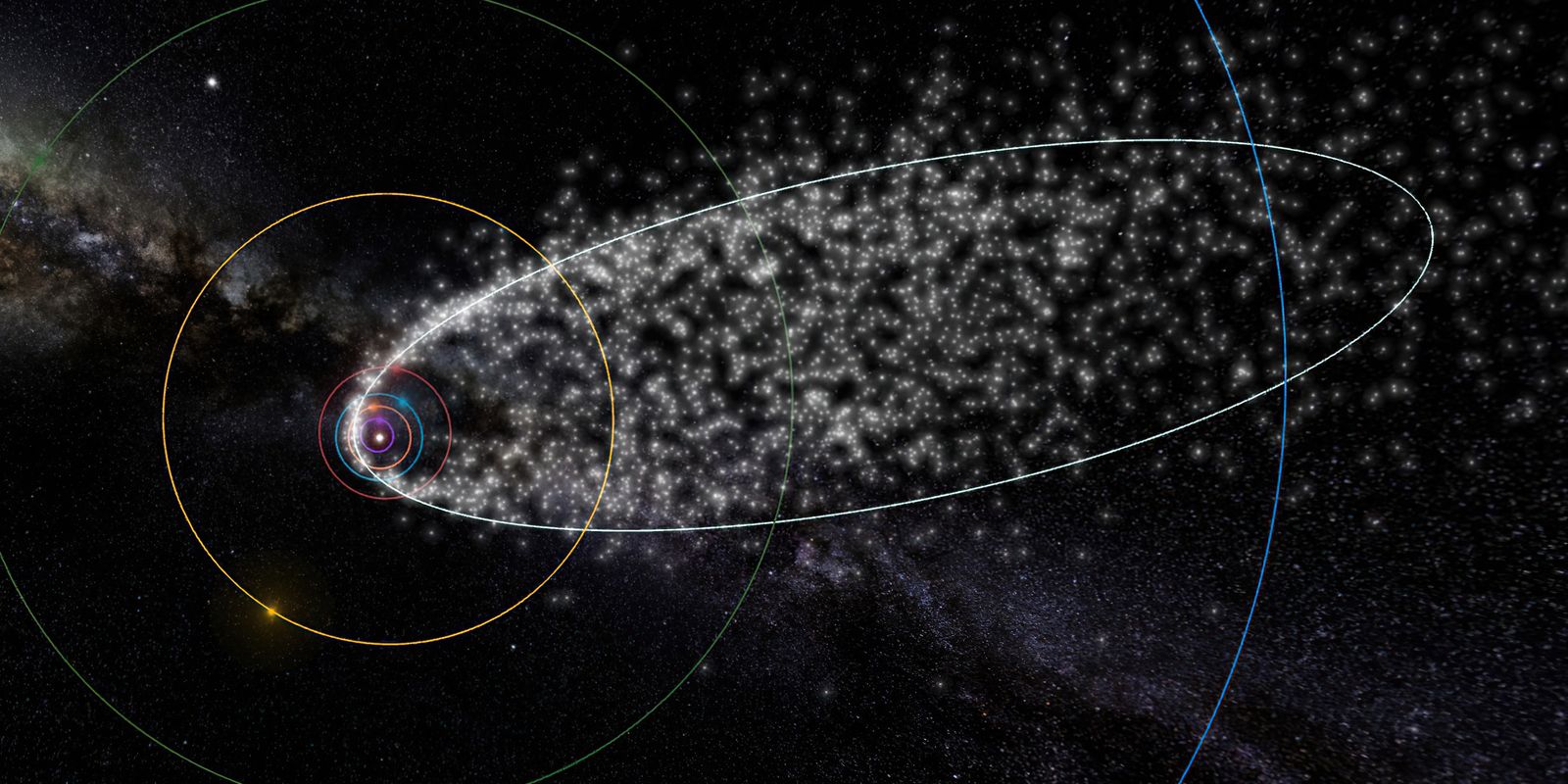In a move that promises to redefine the way we understand and manage time in space, the White House has ordered a redefinition of time in space NASA Establishing a uniform time standard for the Moon and other celestial bodies. The initiative, part of growing interest in lunar exploration by countries and private companies, seeks to set international standards in space.
The head of the White House Office of Science and Technology Policy (OSTP) issued the memo, which was first seen by Reuters. Guide you to NASA To cooperate with other areas of the US government to develop a plan by the end of 2026. This plan aims to implement the so-called Coordinated Lunar Time (CLT).
Why is a lunar time standard necessary?
The importance of a uniform time standard for the Moon is due, in part, to differences in the strength of gravity and other celestial factors that change the way time passes relative to Earth. Spacecraft and lunar satellites that require extreme precision in their missions would greatly benefit from a timekeeping framework.
What are the current challenges without a lunar time standard?
An OSTP official stressed that without a unified standard for lunar time, it will be difficult to ensure the security of data transmission between spacecraft and to synchronize communications between Earth, lunar satellites, bases and astronauts. Temporal discrepancies can also lead to errors in mapping and location on or around the Moon.
How will Coordinated Lunar Time be determined?
According to Kevin Coggins, NASA's chief of space communications and navigation, “Think of the atomic clocks at the U.S. Naval Observatory. They're the heart of the nation, coordinating everything. You'd want a heart on the moon.” To implement CLT, it may be necessary to install atomic clocks on the lunar surface.
Furthermore, it has been stated that as commercial activities expand to the Moon, a uniform time standard will be necessary to coordinate operations, ensure the reliability of transactions, and manage the logistics of lunar trade. The China National Space Administration has expressed its intention to send the first astronauts to the moon by 2030, and India has revealed plans to send a manned mission to the moon around 2040, highlighting the international need for this standard.
U.S. leadership in establishing an appropriate standard that meets the precision and endurance needed to operate in the challenging lunar environment will benefit all spacefaring nations, according to the OSTP memo. Defining a CLT treaty will require international agreements through “existing normative bodies” and among the 36 countries that have signed an agreement called the Artemis Accords, which sets out how countries should behave in space and on the moon.
These efforts by the United States to establish a coherent standard for lunar time underscore the vital role timing and synchronization will play in future missions and space exploration. As we move beyond our atmosphere, precision time management becomes not just a technical challenge, but a prerequisite for success in the infinite universe.

“Incurable thinker. Food aficionado. Subtly charming alcohol scholar. Pop culture advocate.”






More Stories
Halley’s meteors can be seen in the early hours of Sunday
A pair of tigers impress fishermen on the Aquidoana River
iPhone battery runs out quickly? See 7 tips to solve it